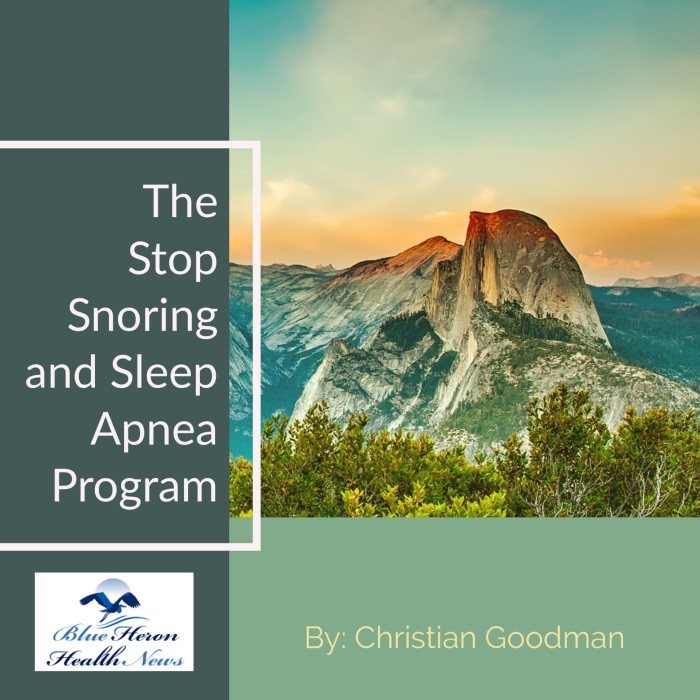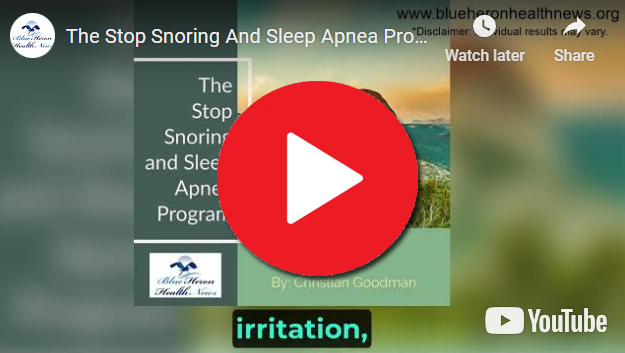
The Stop Snoring And Sleep Apnea Program™ a well-researched program created to help stop snoring and sleep apnea so that you can have a good night sleep. The techniques that you will learn from this program works immediately. It will only take you 3-7 minutes to perform these simple exercises that the author has recommended but the results that you will get will help you have a good night sleep as soon as tonight. Within a week, snoring will be a thing of the past.
What is the Epley maneuver?
The Epley maneuver is a specific series of head and body movements designed to treat benign paroxysmal positional vertigo (BPPV), a common cause of vertigo. BPPV occurs when small calcium carbonate crystals called otoconia become dislodged from their usual position in the utricle of the inner ear and migrate into one of the semicircular canals, typically the posterior canal. These crystals interfere with the normal fluid movement in the semicircular canals, which are responsible for detecting head movements, leading to false signals being sent to the brain and causing dizziness or vertigo.
The Epley maneuver aims to move the dislodged crystals from the semicircular canals back to the utricle, where they can no longer cause vertigo. Here’s a step-by-step description of how the Epley maneuver is typically performed:
Steps of the Epley Maneuver
- Starting Position:
- The patient sits upright on an examination table with their legs extended and the head turned 45 degrees toward the side that induces vertigo.
- First Position:
- The patient quickly lies back with their head hanging off the edge of the table at a 30-degree angle, still turned 45 degrees toward the affected side. This position often induces vertigo, which is a normal part of the maneuver as it confirms the involvement of the dislodged crystals.
- The patient remains in this position for about 30 seconds or until the vertigo subsides.
- Second Position:
- The patient’s head is then slowly turned 90 degrees to the opposite side without lifting it. The patient should be looking at the floor at a 45-degree angle.
- This position is held for another 30 seconds or until any vertigo subsides.
- Third Position:
- The patient continues to turn their head and body another 90 degrees in the same direction, rolling onto their side while keeping the head turned 45 degrees toward the unaffected side, looking down toward the floor.
- This position is also held for 30 seconds or until the vertigo subsides.
- Returning to the Starting Position:
- Finally, the patient slowly sits up, keeping the head tilted slightly down and to the side opposite the affected ear to avoid a rapid change that could displace the crystals again.
- The patient should remain seated for a few minutes before standing up to ensure stability.
Precautions and Considerations
- Professional Guidance: The Epley maneuver is usually performed by a healthcare professional, such as an audiologist, otolaryngologist, or physical therapist. They ensure the maneuver is done correctly and monitor the patient for any adverse effects.
- Home Practice: In some cases, patients may be taught to perform the Epley maneuver at home. However, it’s important to have a proper diagnosis and training from a healthcare provider before attempting it independently.
- Side of Involvement: The Epley maneuver is typically performed on one side at a time, targeting the affected ear where the crystals are causing symptoms.
- Post-Maneuver Precautions: After the maneuver, patients are often advised to avoid lying flat or sudden head movements for the rest of the day to prevent the crystals from moving back into the semicircular canals.
Effectiveness
The Epley maneuver is highly effective for treating BPPV, with success rates reported to be around 80-90% after one or two sessions. Some patients may experience immediate relief, while others might need additional maneuvers or other treatments if symptoms persist.
Conclusion
The Epley maneuver is a non-invasive, straightforward procedure for treating BPPV. By repositioning the displaced otoconia back into the utricle, the maneuver can alleviate the vertigo symptoms associated with BPPV. If you suspect you have BPPV or experience vertigo, consult a healthcare professional for an accurate diagnosis and appropriate treatment plan.
How is the Epley maneuver performed?
The Epley maneuver is performed to reposition dislodged calcium carbonate crystals (otoconia) from the semicircular canals of the inner ear, where they cause benign paroxysmal positional vertigo (BPPV), back to the utricle, where they cannot cause symptoms. Here is a step-by-step guide on how the Epley maneuver is typically performed:
Preparation
- Assessment and Positioning:
- The patient is seated on an examination table with their legs extended.
- The healthcare provider determines which ear is affected by asking the patient about the direction of the vertigo or using specific diagnostic tests.
Steps of the Epley Maneuver
1. Starting Position:
- The patient turns their head 45 degrees toward the side that causes vertigo, which is typically the affected ear. This angle is critical to ensure the correct positioning of the otoconia.
2. Lying Down Position:
- The patient is quickly laid back so that their shoulders are on the table, and their head is slightly hanging off the edge, with the head still turned 45 degrees toward the affected side. The head should be at a 30-degree angle below the horizontal plane.
- This position is maintained for about 30 seconds or until the vertigo stops. The maneuver often triggers vertigo, confirming that the otoconia are moving through the canal.
3. Turning the Head:
- The patient’s head is then turned 90 degrees to the opposite side (45 degrees toward the unaffected side), without lifting it. The patient should be facing 45 degrees to the opposite side.
- This position is held for another 30 seconds or until any vertigo subsides.
4. Rotating the Body:
- The patient’s body is turned another 90 degrees in the same direction, so they are lying on their side, looking toward the floor. The head should now be at a 45-degree angle downward from the horizontal plane.
- This position is maintained for another 30 seconds.
5. Returning to Sitting:
- The patient is then brought up to a sitting position slowly, keeping the head turned slightly toward the unaffected side. The patient should remain sitting for a few minutes to ensure stability and prevent any immediate recurrence of vertigo.
Post-Maneuver Care
- Remaining Upright: After the procedure, the patient should stay upright for a short period to allow the otoconia to settle in the utricle.
- Avoiding Certain Movements: Patients may be advised to avoid lying flat or making sudden head movements for the rest of the day to minimize the chance of the otoconia moving back into the semicircular canals.
Considerations
- Professional Guidance: The Epley maneuver should be performed by a trained healthcare professional, such as an audiologist, otolaryngologist, or physical therapist. They can ensure the procedure is done correctly and monitor for any adverse reactions.
- Repeat Procedures: If symptoms persist, the maneuver may need to be repeated. Some patients may require several sessions for complete relief.
- Home Practice: Once diagnosed and trained by a professional, patients may be able to perform the Epley maneuver at home under certain circumstances.
Effectiveness
The Epley maneuver is generally very effective, with a high success rate in resolving symptoms of BPPV. Most patients experience significant relief after one or two treatments, although some may require more sessions or additional therapeutic maneuvers if symptoms persist.
Conclusion
The Epley maneuver is a safe and effective procedure for treating BPPV, a common cause of vertigo. By carefully following the steps, the maneuver helps reposition the otoconia, alleviating the symptoms of vertigo. If you experience symptoms of BPPV, it’s important to consult with a healthcare professional for an accurate diagnosis and proper instruction on how to perform the Epley maneuver.

The Stop Snoring And Sleep Apnea Program™ a well-researched program created to help stop snoring and sleep apnea so that you can have a good night sleep. The techniques that you will learn from this program works immediately. It will only take you 3-7 minutes to perform these simple exercises that the author has recommended but the results that you will get will help you have a good night sleep as soon as tonight. Within a week, snoring will be a thing of the past.